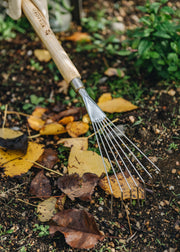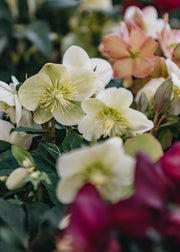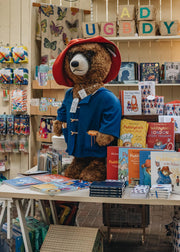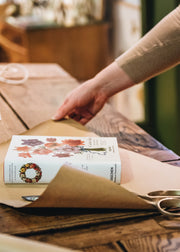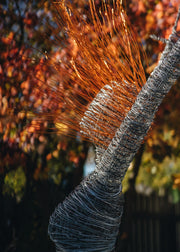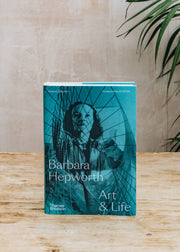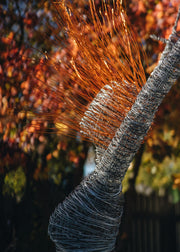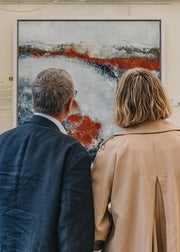How To: Read A Work Of Art
When choosing a piece of art to add to your collection, it is often helpful to think about what the artist is trying to convey with their work. As with any creative pursuit, art has the potential to speak to us on a deeply emotional level, which may inform your selections as a collector. Observing art through this lens should not be thought of as an intimidating, elitist pastime, as this ability to connect with, and also speculate, about an artist’s motivation shows that a thorough knowledge of art history is not always required to fully appreciate a piece.

To help begin your journey of art-exploration, we have pin-pointed three simple steps you could follow to read a work of art, demonstrated by a selection of artist’s pieces who are currently exhibiting in our Gallery.
By following these pointers, you may find yourself delightfully surprised at the discoveries you make along the way.
Allow your eyes to trace the piece from foreground to background, top to bottom, and identify the initial elements that capture your attention, be it its subject matter, mood or atmosphere, use of colour, material, and/or light, and the interesting contrasts of any of the above.
For example, artist Peter Davis’s work embodies a distinctive style that depicts similar subject matters. However within each piece, there are a range of fascinating textures through a limited colour palette and medium, paired with an atmospheric, perhaps even apocalyptic, tone.
Having determined your initial finds, consider why and how these elements stand out to you. Do they resonate on a personal scale, transporting you to memories of certain people, animals, or locations? Additionally, establishing how the artist has portrayed their subject through their materials and composition can help you to see the pieces from an empathetic stand-point.
Empathy is markedly evident within the pieces of Jane Shaw. Depicting a range of domestic and wild creatures, Shaw uses her hands to mould compassionately rendered marks in her sculptures, conveying a sensitive awareness of the animal’s emotions.
When inspecting, then re-inspecting a piece of art, on second look you may find that your ideas build upon each other. You may spot something new each time you revisit a piece, and in turn the meaning becomes clearer.
Kip Kavallares’s mixed media works, in all their richness and vivacity, demand several inspections to achieve an assured opinion. Employing a technique that involves stripping back previously applied layers and building back up, Kavallares could be seen to work in a similar respect to our memories; wistful yet changeable.


